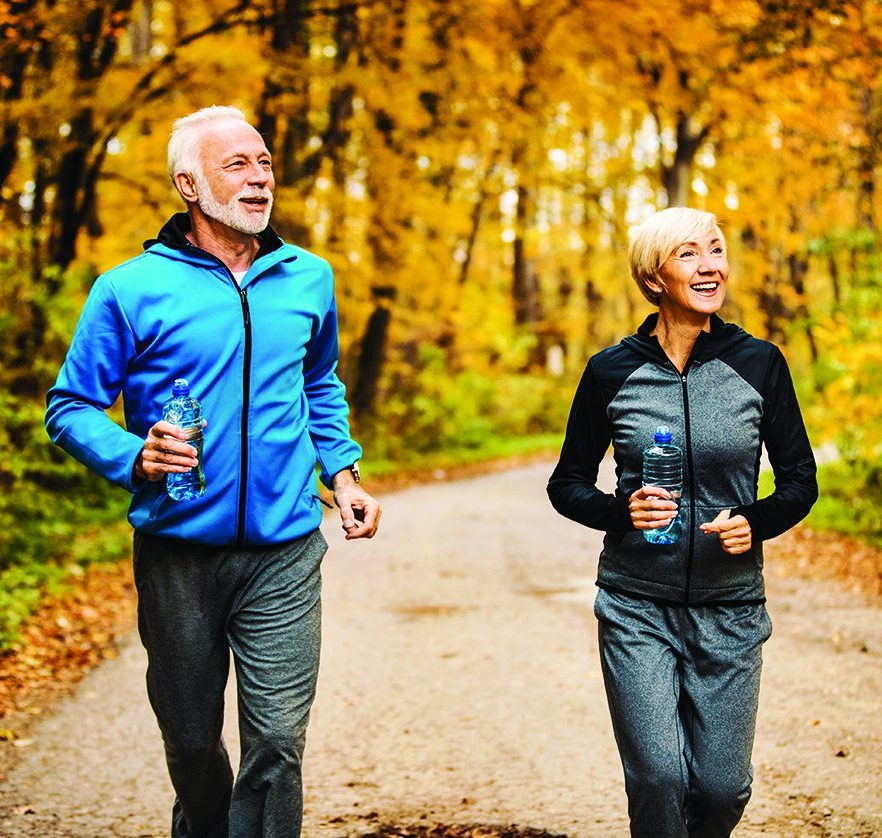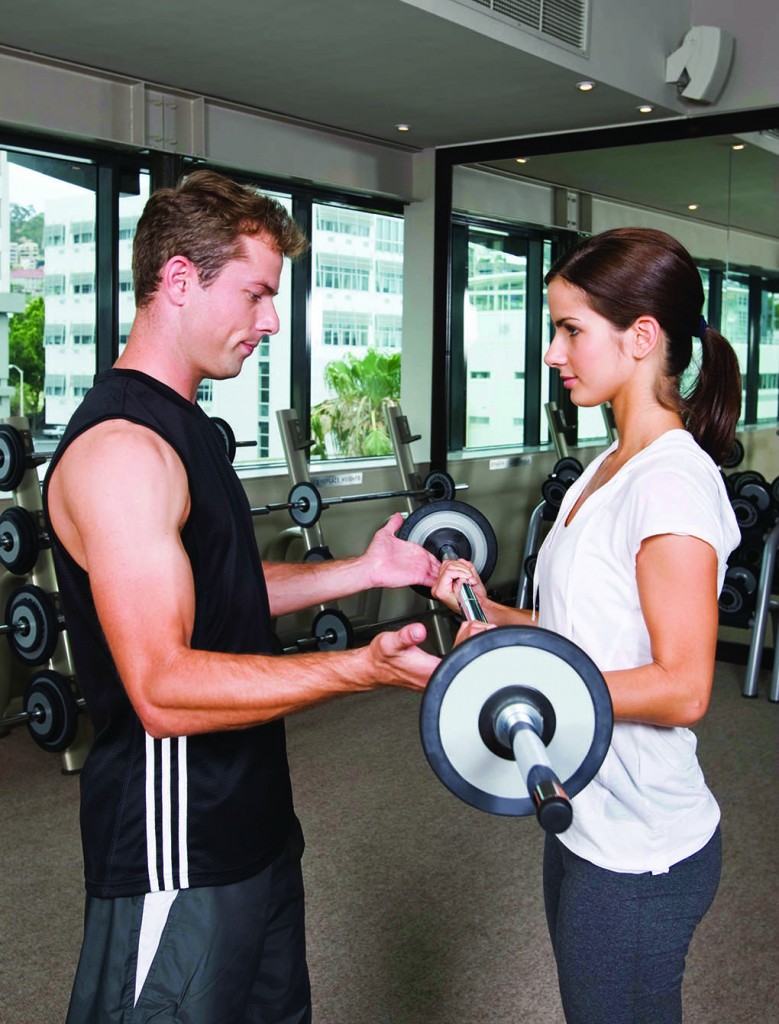Life changed dramatically in 2020. When the World Health Organization declared a COVID-19 pandemic in March 2020, hundreds of millions of people across the globe were forced to change how they go about their daily lives, including how they exercise. Health-conscious adults accustomed to exercising at local gyms had to find new ways to exercise in the wake of the pandemic. Many gyms were forced to close in areas hit hard by COVID-19, and that left many people without access to fitness equipment like weights and cardiovascular machines. Resilient men and women soon found ways to exercise, and many of them embraced walking.
Though walking might not provide the same level of intensity that fitness enthusiasts are accustomed to, the Arthritis Foundation® notes the various ways walking benefits the body.
• Walking protects against heart disease and stroke. Walking strengthens the heart and protects it against heart disease. The AF also notes that walking lowers blood pressure. In fact, post-menopausal women who walk just one to two miles per day can lower their blood pressure by nearly 11 points in 24 weeks, while women who walk for 30 minutes a day can reduce their risk of stroke by 20 percent.
• Walking strengthens the bones. New York-based Plancher Orthopedics and Sports Medicine notes that walking can stop the loss of bone mass for people with osteoporosis. In addition, post-menopausal women who incorporate 30 minutes of walking into their daily fitness regimens can reduce their risk of hip fractures by 40 percent.
• Walking can extend your life. The AF notes that one study linked walking to longer life expectancy, finding that people who exercise regularly in their fifties and sixties were 35 percent less likely to die over the next eight years than people who never walked.
• Walking can improve mood. One study from researchers at California State University, Long Beach, found that the more steps people taking during the day, the better their moods were.
• Walking can lower risk for cognitive decline. Walking also has been linked to a lower risk for age-related cognitive decline. A study from the University of Virginia Health System found that men between the ages of 71 and 93 who walked more than a quarter of a mile per day had half the incidence of dementia and Alzheimer’s disease compared to men who walked less. In addition, a study from researchers at the University of California, San Francisco, found that age-related memory decline was lower among women ages 65 and older who walked 2.5 miles per day than it was among women who walked less than half a mile per week.
Foot traffic increased as people were forced to find new ways to exercise during the COVID-19 pandemic. Walking is a great way to stay in shape and even provides some lesser known benefits for people who walk each day.







